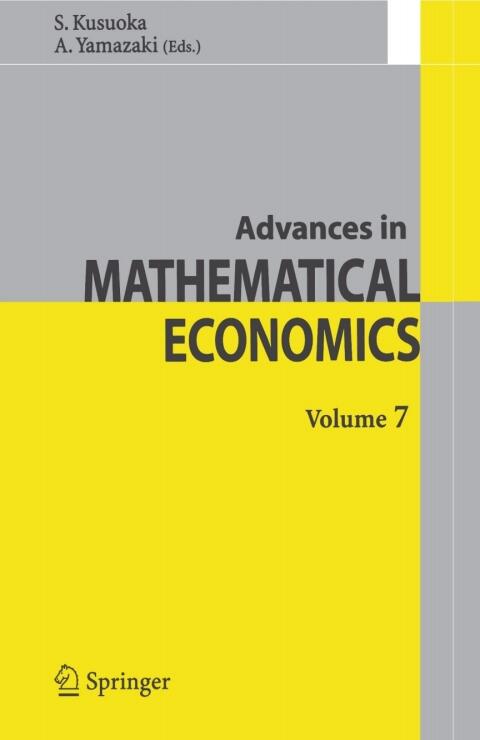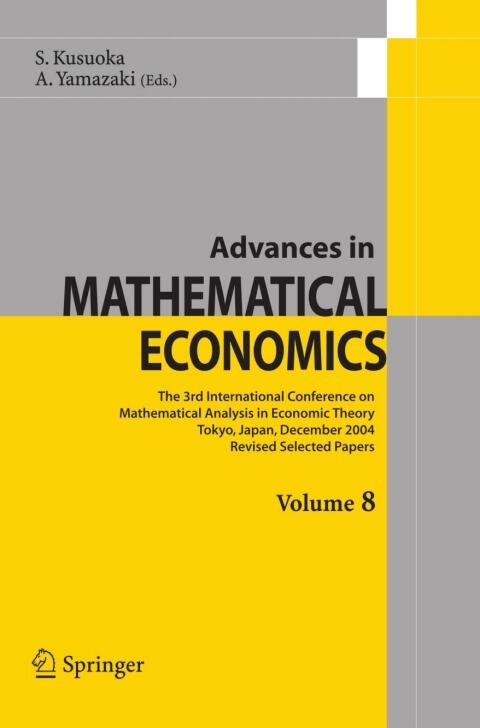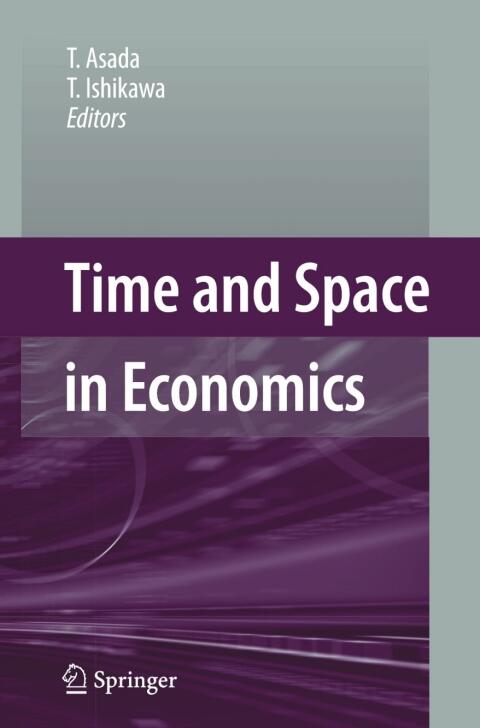
Time and Space in Economics
まだ評価がありません
Business & Economics
形式
キンドル
ページ数
324
言語
日本語
公開されました
Jan 1, 2007
出版社
Springer
版
2007
ISBN-10
4431459782
ISBN-13
9784431459781
説明
In the heart of Tokyo, a vibrant exchange of ideas unfolded during a notable conference held at Chuo University in August 2005. Scholars and economists gathered to explore the intricate relationship between time and space in the realm of economics. This gathering brought together diverse perspectives, illuminating how these two dimensions fundamentally influence economic theory and practice.
The discussions challenged conventional views, urging participants to consider the implications of temporal and spatial variables on economic modeling. By integrating theories from various disciplines, the conference aimed to foster a richer understanding of economic dynamics in an increasingly interconnected world. The authors, T. Asada and T. Ishikawa, invite readers to delve into the outcomes of these dialogues, emphasizing the importance of recognizing the multidimensional aspects of economic phenomena.
Through thoughtful analysis and comprehensive research, the narrative unfolds, showcasing the profound intersections between economic activities and the contexts in which they occur. This exploration not only enriches the academic discourse but also offers valuable insights for policymakers and practitioners navigating the complexities of modern economies. As readers engage with the authors' findings, they are encouraged to reimagine traditional economic paradigms that often overlook the significant roles played by time and space.
The discussions challenged conventional views, urging participants to consider the implications of temporal and spatial variables on economic modeling. By integrating theories from various disciplines, the conference aimed to foster a richer understanding of economic dynamics in an increasingly interconnected world. The authors, T. Asada and T. Ishikawa, invite readers to delve into the outcomes of these dialogues, emphasizing the importance of recognizing the multidimensional aspects of economic phenomena.
Through thoughtful analysis and comprehensive research, the narrative unfolds, showcasing the profound intersections between economic activities and the contexts in which they occur. This exploration not only enriches the academic discourse but also offers valuable insights for policymakers and practitioners navigating the complexities of modern economies. As readers engage with the authors' findings, they are encouraged to reimagine traditional economic paradigms that often overlook the significant roles played by time and space.
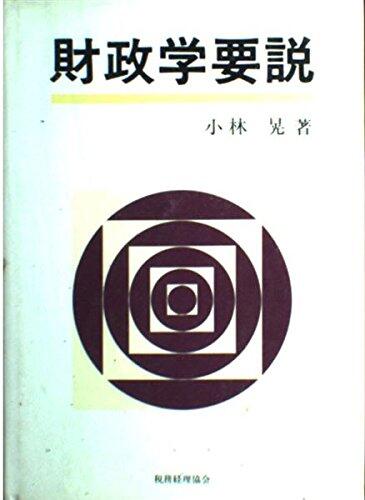

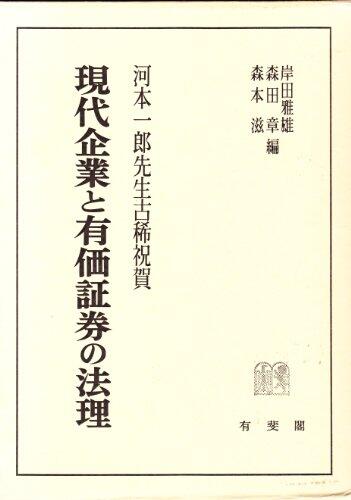

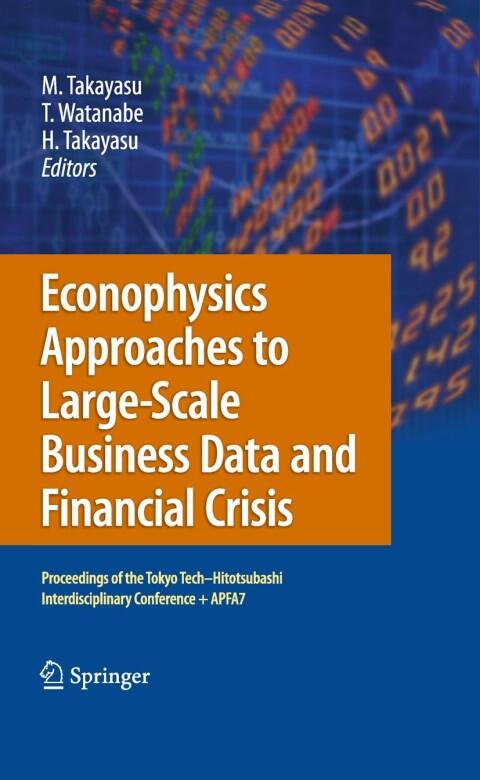
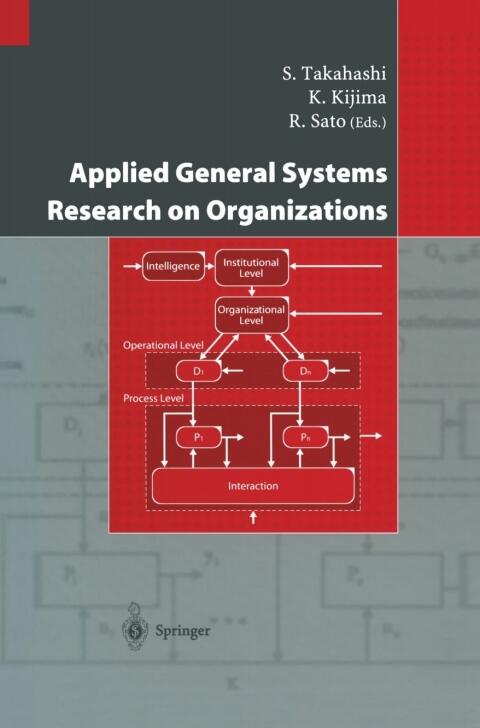



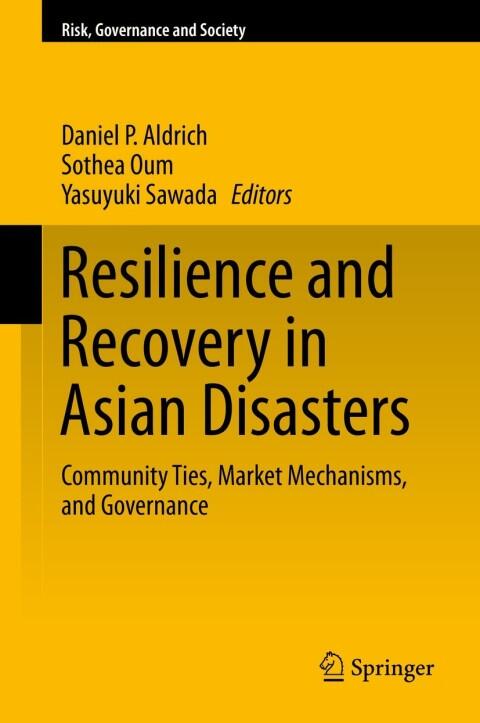
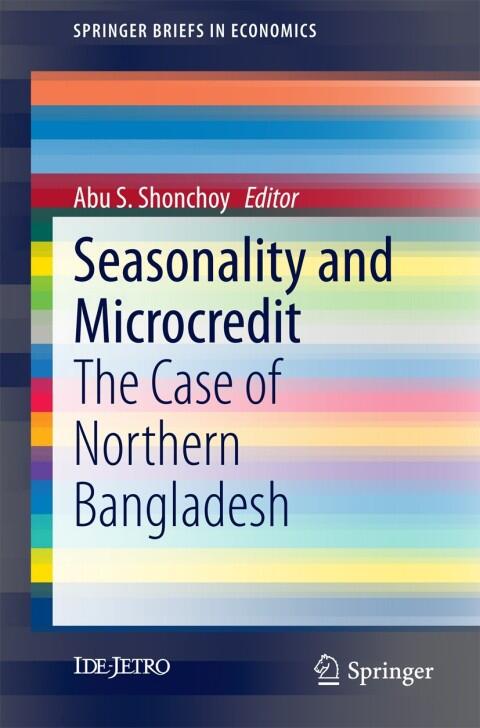
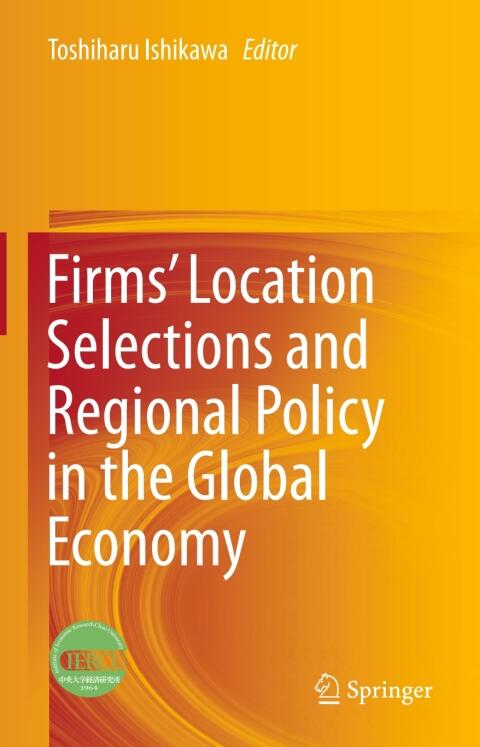
![金持ち父さんの金持ちがますます金持ちになる理由 [Kanemochi tōsan no kanemochi ga masumasu kanemochi ni naru riyū]](https://images.bookpine.com/68153c63-f801-489e-9d19-7590c89cffcd.jpg)



